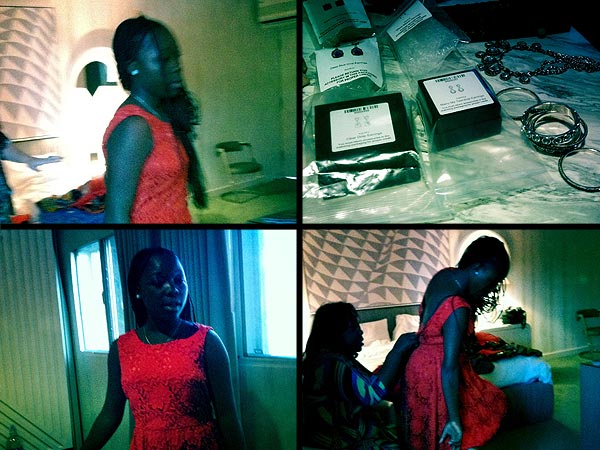NEW YORK (Reuters) - Investors face another Washington-imposed deadline on government spending cuts next week, but it's not generating the same level of fear as two months ago when the "fiscal cliff" loomed large.
Investors in sectors most likely to be affected by the cuts, like defense, seem untroubled that the budget talks could send stocks tumbling.
Talks on the U.S. budget crisis began again this week leading up to the March 1 deadline for the so-called sequestration when $85 billion in automatic federal spending cuts are scheduled to take effect.
"It's at this point a political hot button in Washington but a very low level investor concern," said Fred Dickson, chief market strategist at D.A. Davidson & Co. in Lake Oswego, Oregon. The fight pits President Barack Obama and fellow Democrats against congressional Republicans.
Stocks rallied in early January after a compromise temporarily avoided the fiscal cliff, and the Standard & Poor's 500 index <.spx> has risen 6.3 percent since the start of the year.
But the benchmark index lost steam this week, posting its first week of losses since the start of the year. Minutes on Wednesday from the last Federal Reserve meeting, which suggested the central bank may slow or stop its stimulus policy sooner than expected, provided the catalyst.
National elections in Italy on Sunday and Monday could also add to investor concern. Most investors expect a government headed by Pier Luigi Bersani to win and continue with reforms to tackle Italy's debt problems. However, a resurgence by former leader Silvio Berlusconi has raised doubts.
"Europe has been in the last six months less of a topic for the stock market, but the problems haven't gone away. This may bring back investor attention to that," said Kim Forrest, senior equity research analyst at Fort Pitt Capital Group in Pittsburgh.
OPTIONS BULLS TARGET GAINS
The spending cuts, if they go ahead, could hit the defense industry particularly hard.
Yet in the options market, bulls were targeting gains in Lockheed Martin Corp
Calls on the stock far outpaced puts, suggesting that many investors anticipate the stock to move higher. Overall options volume on the stock was 2.8 times the daily average with 17,000 calls and 3,360 puts traded, according to options analytics firm Trade Alert.
"The upside call buying in Lockheed solidifies the idea that option investors are not pricing in a lot of downside risk in most defense stocks from the likely impact of sequestration," said Jared Woodard, a founder of research and advisory firm condoroptions.com in Forest, Virginia.
The stock ended up 0.6 percent at $88.12 on Friday.
If lawmakers fail to reach an agreement on reducing the U.S. budget deficit in the next few days, a sequester would include significant cuts in defense spending. Companies such as General Dynamics Corp
General Dynamics Corp shares rose 1.2 percent to $67.32 and Smith & Wesson added 4.6 percent to $9.18 on Friday.
EYES ON GDP DATA, APPLE
The latest data on fourth-quarter U.S. gross domestic product is expected on Thursday, and some analysts predict an upward revision following trade data that showed America's deficit shrank in December to its narrowest in nearly three years.
U.S. GDP unexpectedly contracted in the fourth quarter, according to an earlier government estimate, but analysts said there was no reason for panic, given that consumer spending and business investment picked up.
Investors will be looking for any hints of changes in the Fed's policy of monetary easing when Fed Chairman Ben Bernake speaks before congressional committees on Tuesday and Wednesday.
Shares of Apple will be watched closely next week when the company's annual stockholders' meeting is held.
On Friday, a U.S. judge handed outspoken hedge fund manager David Einhorn a victory in his battle with the iPhone maker, blocking the company from moving forward with a shareholder vote on a controversial proposal to limit the company's ability to issue preferred stock.
(Additional reporting by Doris Frankel; Editing by Kenneth Barry)













